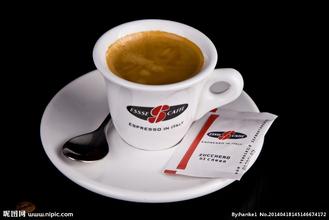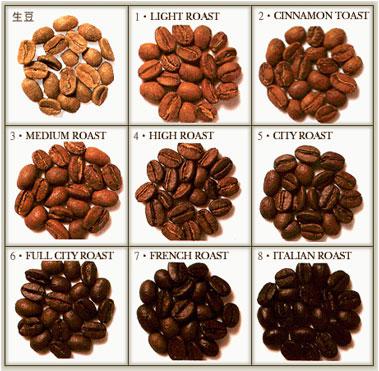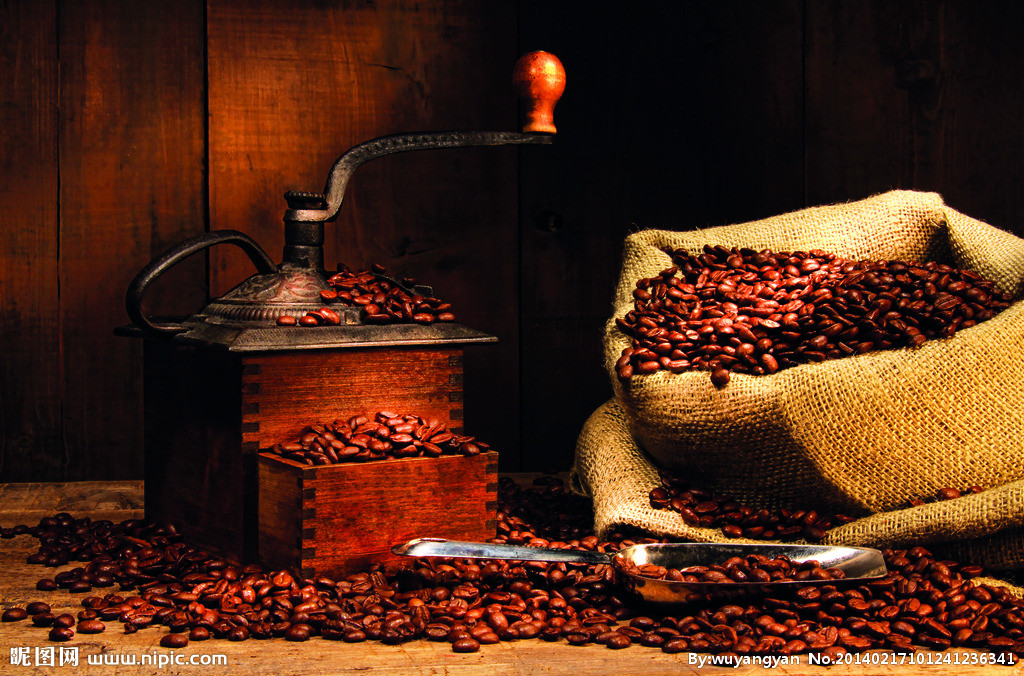Introduction to the flavor and taste of Burundian boutique coffee manor
Formerly known as Urundi, Burundi formed a feudal kingdom in the 16th century. Since the middle of the 19th century, the forces of Britain, Germany and Belgium invaded. The long-ruled monarchy, which was conquered by Germany in 1890, listed it as the territory of German East Africa and fell under the control of the Belgian army in 1916. After World War I, the League of Nations assigned the then merged Ruanda-Urundi to Belgium, which supported the local royal family to rule the region indirectly. Until the end of the second World War, Rwanda-Oolong became part of the United Nations trust territory, entrusted to Belgium, separated from Rwanda in 1959 and formally became independent as the Kingdom of Burundi on 1 July 1962. Burundi had briefly regained its monarchy at the time of its independence, but in 1966 the prime minister with a military background deposed the original prince (not long after he usurped the throne) and established the Republic of Burundi. Burundi began to enter the period of military dictatorship, most of which is made up of the plateau on the eastern side of the East African Rift Valley, with an average elevation of 1600 meters above sea level, known as the "mountain country". According to the topography, Burundi can be divided into three regions: the western plain, along the Ruzizi River, the Rift Albrtine plain, at 774 to 1000 m above sea level; the central and western mountains, with an average elevation of 1700 m, with the highest peak at Heha in the south-east of Bujumbura, 2670 m above sea level; and the east-central plateau, 1000 to 2000 m above sea level.
Hydrology
Lake Tanganyika is located on the southwest coast of Burundi, covering an area of 32900 square kilometers, with an average water depth of 700m and a maximum depth of 1455 meters. it is the second largest deepwater lake in the world after Lake Baikal in Russia.
Climate
Burundi has a subtropical and tropical climate. The lowlands of Lake Tanganyika, the western river valleys and the eastern part have a savanna climate, while the central and western regions have a tropical mountain climate.
Burundi has a successful coffee industry with a wide variety of coffee in the world. And its coffee has its own characteristics, mellow taste, rich aroma, with excellent acidity. In Burundi, coffee is the main export industry for earning foreign exchange, while most of Burundi's coffee products are exported to the United States, Germany, Finland and Japan. This cooperation will greatly enhance the popularity of Burundian coffee in China and promote economic development and friendly exchanges between the two countries. Burundi (Burundi) has the most diverse and successful coffee industry in the world and has its own characteristics. Coffee in this country was introduced by Belgian colonists in 1930 and is now grown only on small farms. Unfortunately, many of these farms are on the border with war-torn Rwanda, putting pressure on coffee production. Almost all coffee produced in Burundi is Arabian coffee beans, while coffee trees in Ngozi are planted at an altitude of more than 1200 meters. Burundian coffee has a rich aroma and excellent acidity, and most of its products are exported to the United States, Germany, Finland and Japan.
Burundian coffee bears a striking resemblance to neighboring Rwanda, where coffee from the two countries is often confused. Burundian coffee is mainly grown in bourbon, with traditional wet processing of coffee cherries. Its boutique coffee is characterized by elegant sweetness and bright citrus aromas. This batch belongs to bourbon species micro batch.
[Bulongdi Champion processing Plant] is located at the Maerdadi Peak of the Panjia treatment Plant in Cabuye District, Cajun Province. It is very high above sea level, and even has mountains over 2000 meters above sea level. The soil is fertile, the soil is humid, and the coffee grows very well. It is generally recognized as the best coffee processing plant in Burundi.

Important Notice :
前街咖啡 FrontStreet Coffee has moved to new addredd:
FrontStreet Coffee Address: 315,Donghua East Road,GuangZhou
Tel:020 38364473
- Prev

Rich multi-level taste clean boutique 90 + coffee variety characteristics taste manor boutique coffee bean flavor
Juliet (Juliette H2): [Origin]: 90 + Panamanian Rosa Manor, [season]: 2013 to 2014 [Variety]: Rosa [Level]: 39 [altitude]: 1250m-1650m [treatment]: honey treatment [Flavor]: rich floral flavor on the basis of rose summer seed flavor, the entrance taste will have the taste of orange peel, caramel and dried cashew fruit.
- Next

Red wine fruit acid Kenyan Jinchugu Coffee Variety characteristics introduction to Fine Coffee beans in Manor
Enbu processing Plant (Embu Washing Station), which comes from Gichugu, adopts Kenyan double washing method and grows in Manyata-Enbu County on the eastern slope of the Kenyan Mountains from 1550 to 1750. The variety is Kenya's classic SL28,SL34, coupled with the large temperature difference between day and night in the deceived area, and the red phosphoric acid soil in Kenya, which makes the sour and sweet become the second order of this Kenyan branch.
Related
- Detailed explanation of Jadeite planting Land in Panamanian Jadeite Manor introduction to the grading system of Jadeite competitive bidding, Red bid, Green bid and Rose Summer
- Story of Coffee planting in Brenka region of Costa Rica Stonehenge Manor anaerobic heavy honey treatment of flavor mouth
- What's on the barrel of Blue Mountain Coffee beans?
- Can American coffee also pull flowers? How to use hot American style to pull out a good-looking pattern?
- Can you make a cold extract with coffee beans? What is the right proportion for cold-extracted coffee formula?
- Indonesian PWN Gold Mandrine Coffee Origin Features Flavor How to Chong? Mandolin coffee is American.
- A brief introduction to the flavor characteristics of Brazilian yellow bourbon coffee beans
- What is the effect of different water quality on the flavor of cold-extracted coffee? What kind of water is best for brewing coffee?
- Why do you think of Rose Summer whenever you mention Panamanian coffee?
- Introduction to the characteristics of authentic blue mountain coffee bean producing areas? What is the CIB Coffee Authority in Jamaica?

